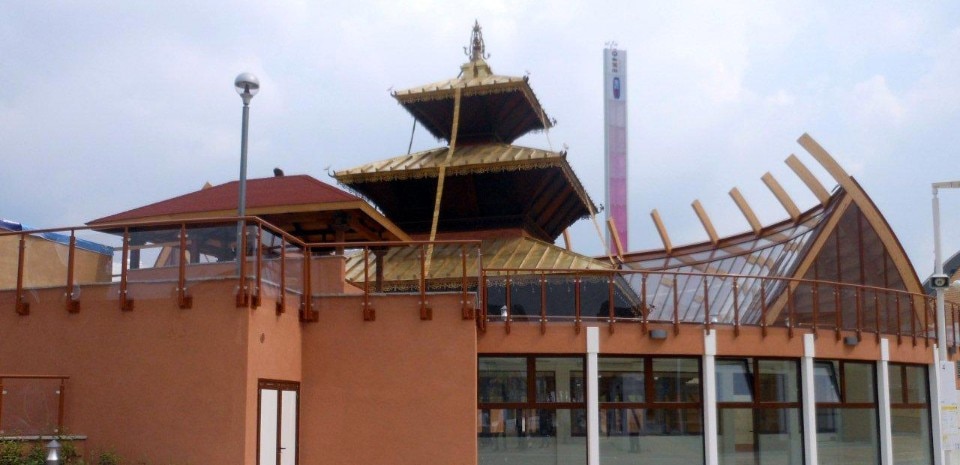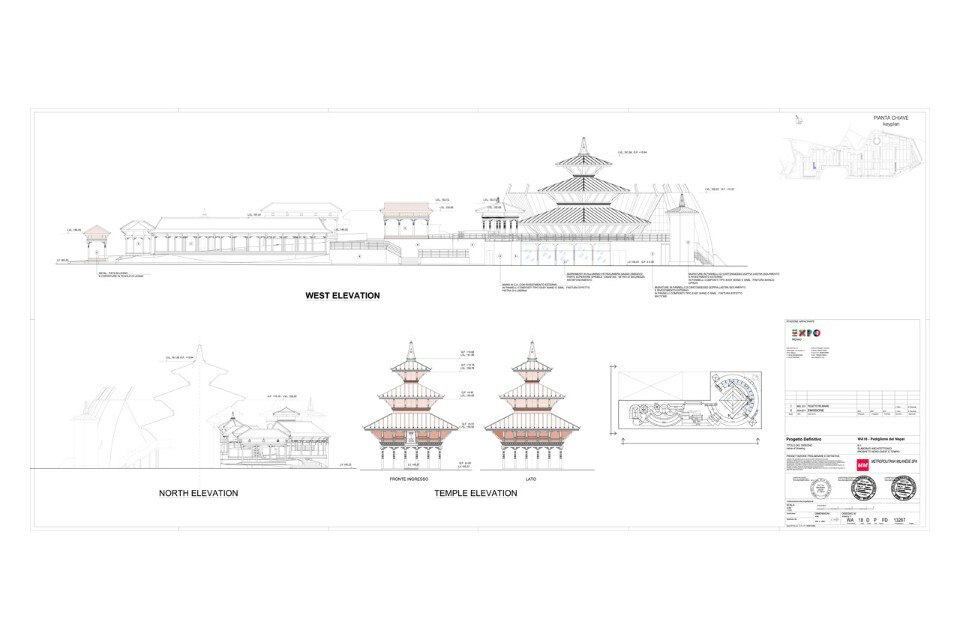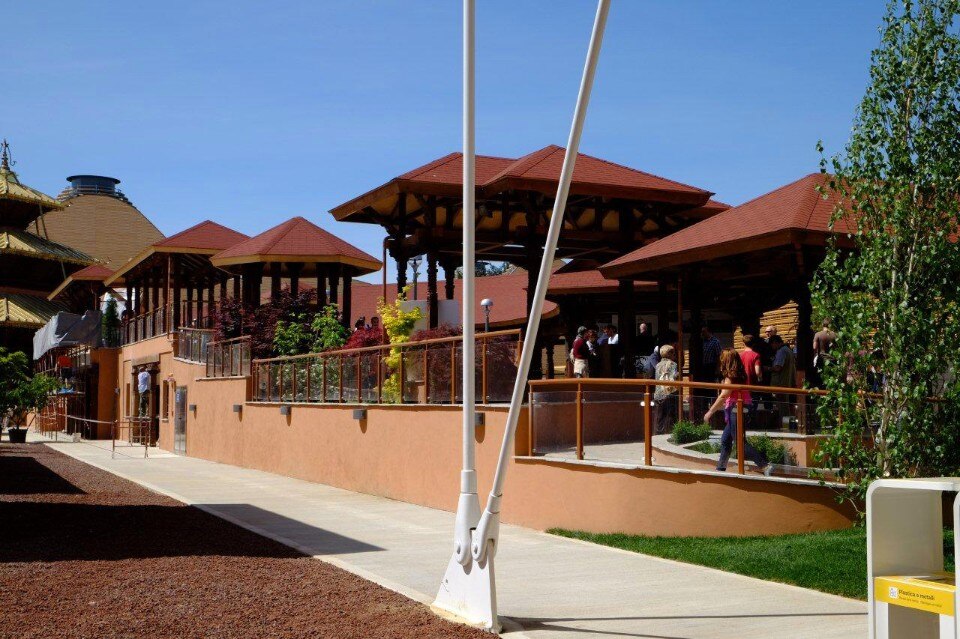
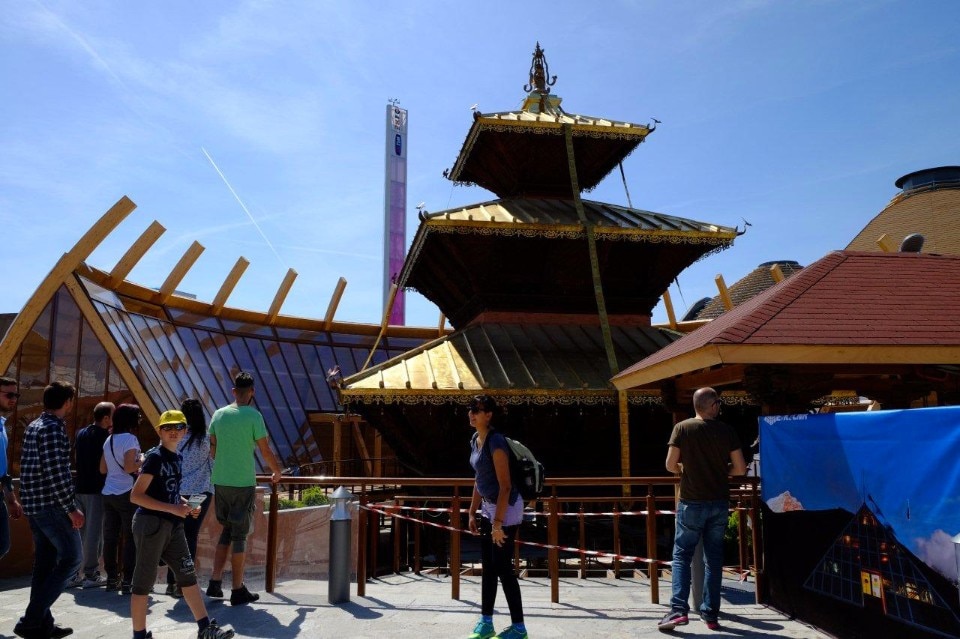
 View gallery
View gallery

Implementing Expert Group, Nepalese pavilion, “Food security and sustainable development”, Expo Milano 2015
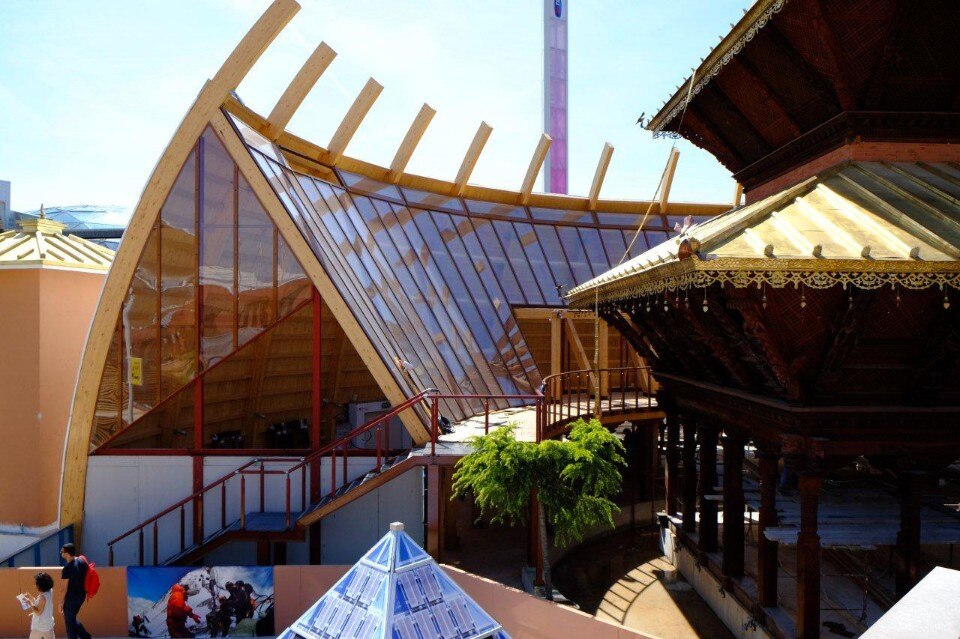
Implementing Expert Group, Nepalese pavilion, “Food security and sustainable development”, Expo Milano 2015
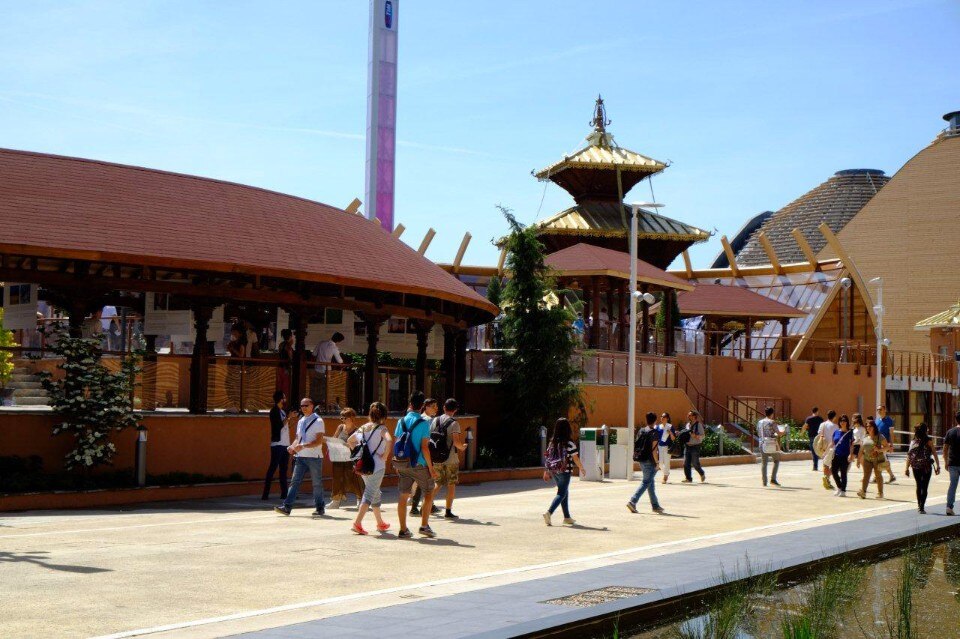
Implementing Expert Group, Nepalese pavilion, “Food security and sustainable development”, Expo Milano 2015. Render
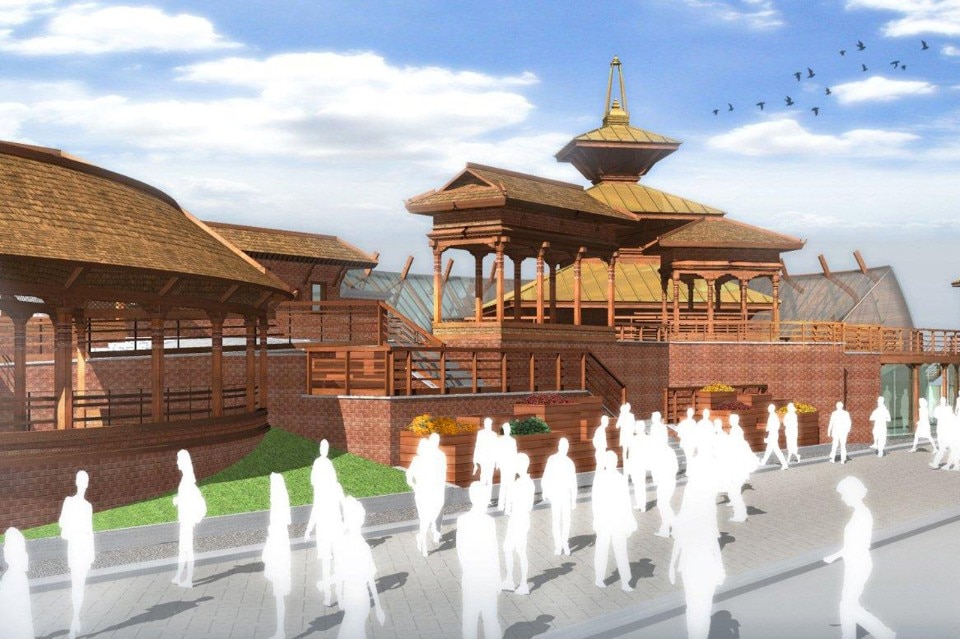
Implementing Expert Group, Nepalese pavilion, “Food security and sustainable development”, Expo Milano 2015. Render
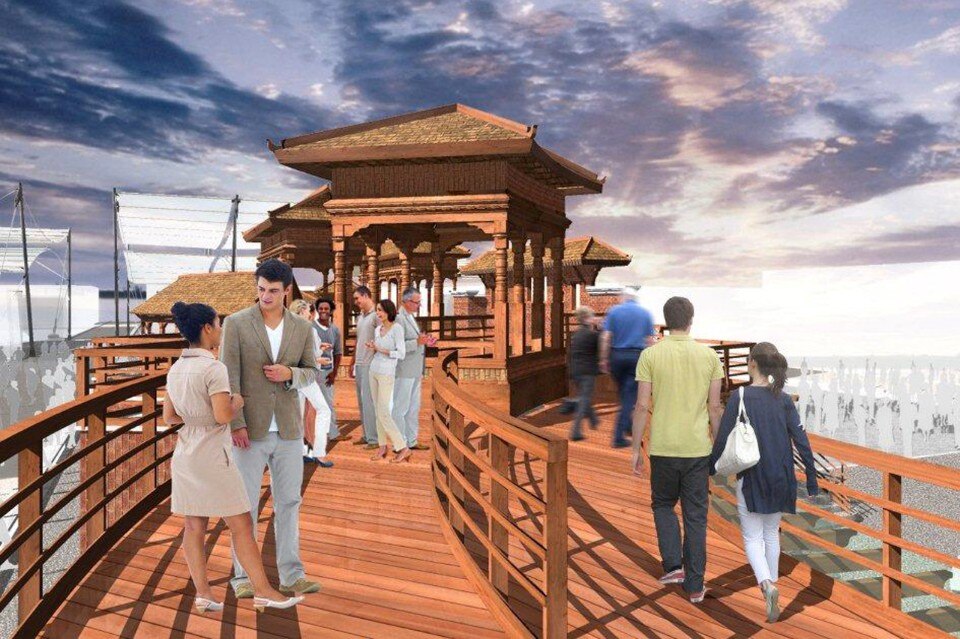
Implementing Expert Group, Nepalese pavilion, “Food security and sustainable development”, Expo Milano 2015. Render
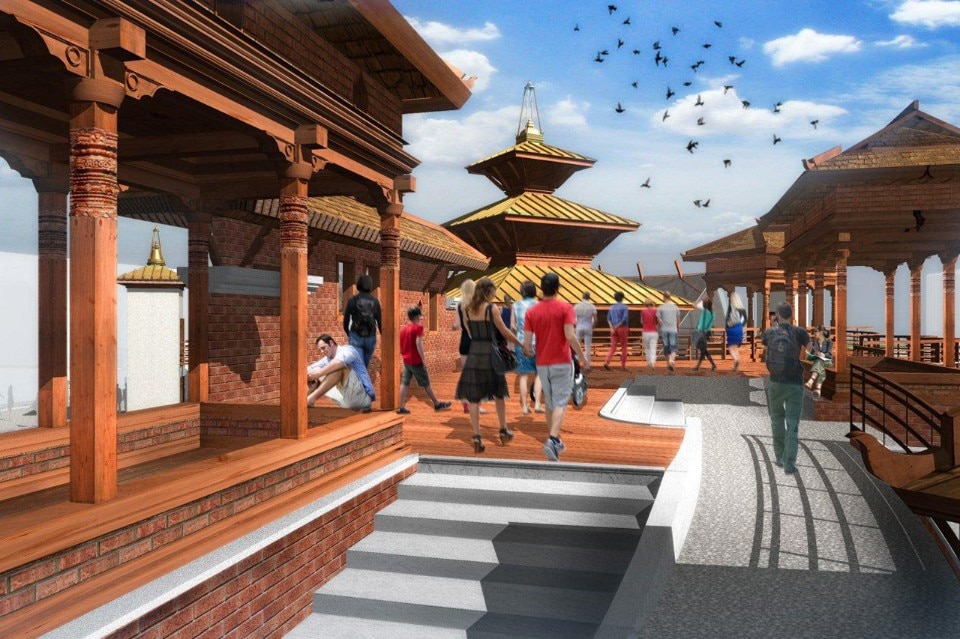
Implementing Expert Group, Nepalese pavilion, “Food security and sustainable development”, Expo Milano 2015. Render
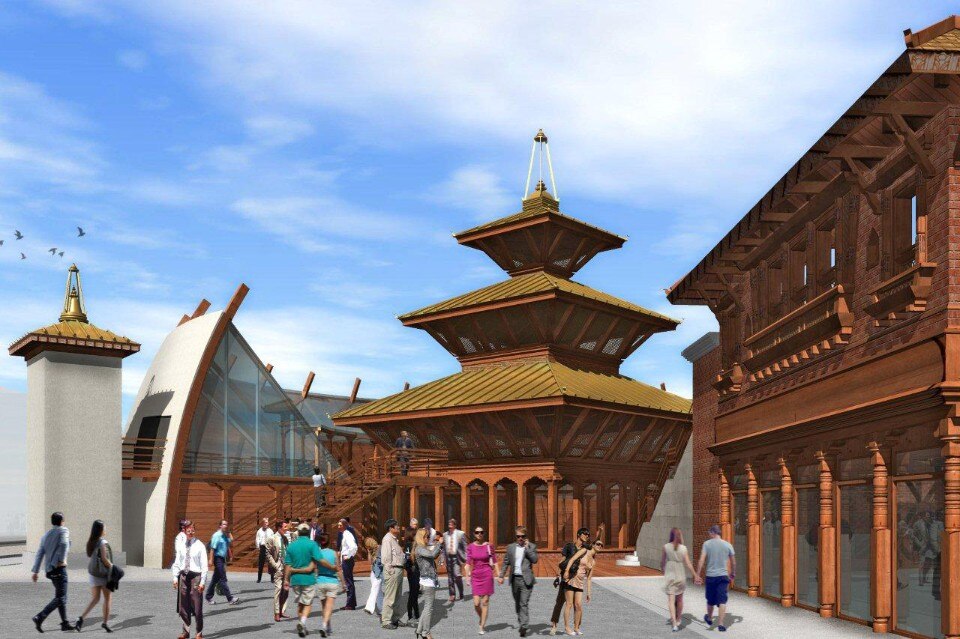
Implementing Expert Group, Nepalese pavilion, “Food security and sustainable development”, Expo Milano 2015. Render
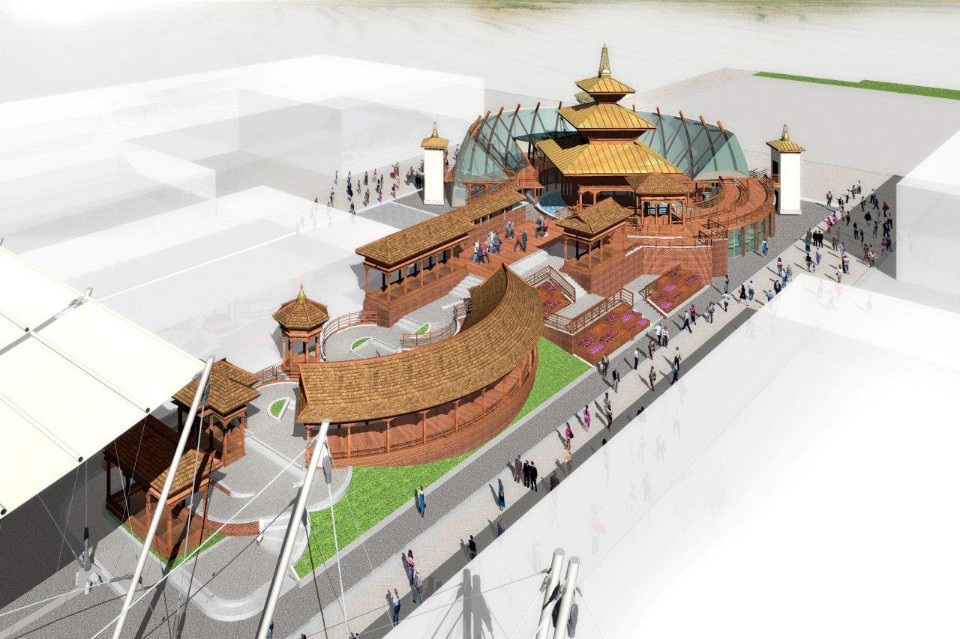
Implementing Expert Group, Nepalese pavilion, “Food security and sustainable development”, Expo Milano 2015. Render
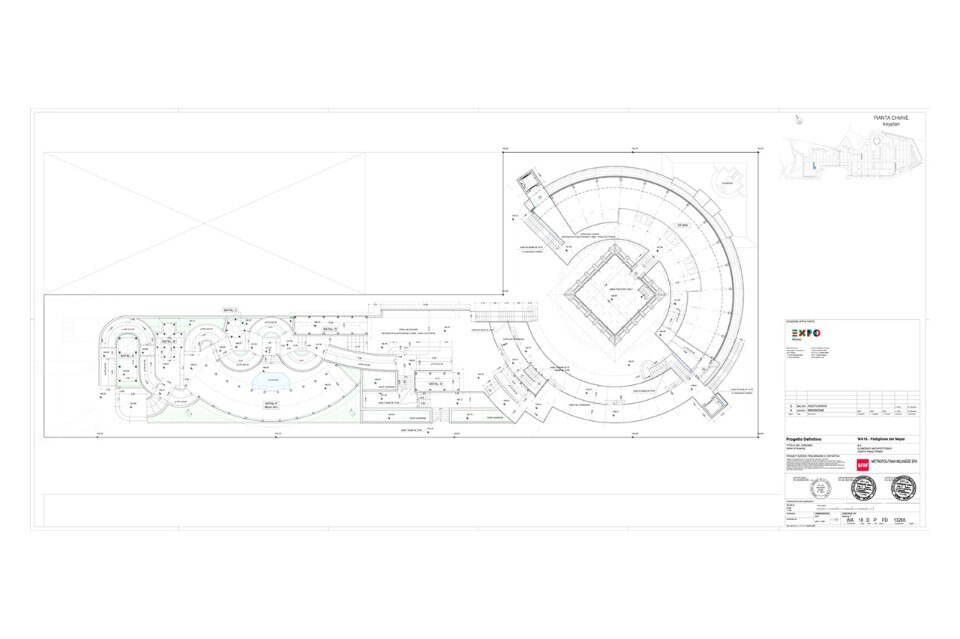
C:\CLIENTI\MM\EXPO Nepal\progetto\140507-DD\WA_18-13265-piano primo WA_18-13265 (1)
Implementing Expert Group, Nepalese pavilion, “Food security and sustainable development”, Expo Milano 2015. First floor plan
Nepalese pavilion, “Food security and sustainable development”, Expo Milano 2015
Preliminary project and client: IEG – Implementing Expert Group pvt. Ltd.
Executive project: Corrado Bina, Metropolitana Milanese S.p.A.
Design collaboration: BGGarchitettura (Luca Bonatti, Raffaella Gambadoro, Walter Giani)


